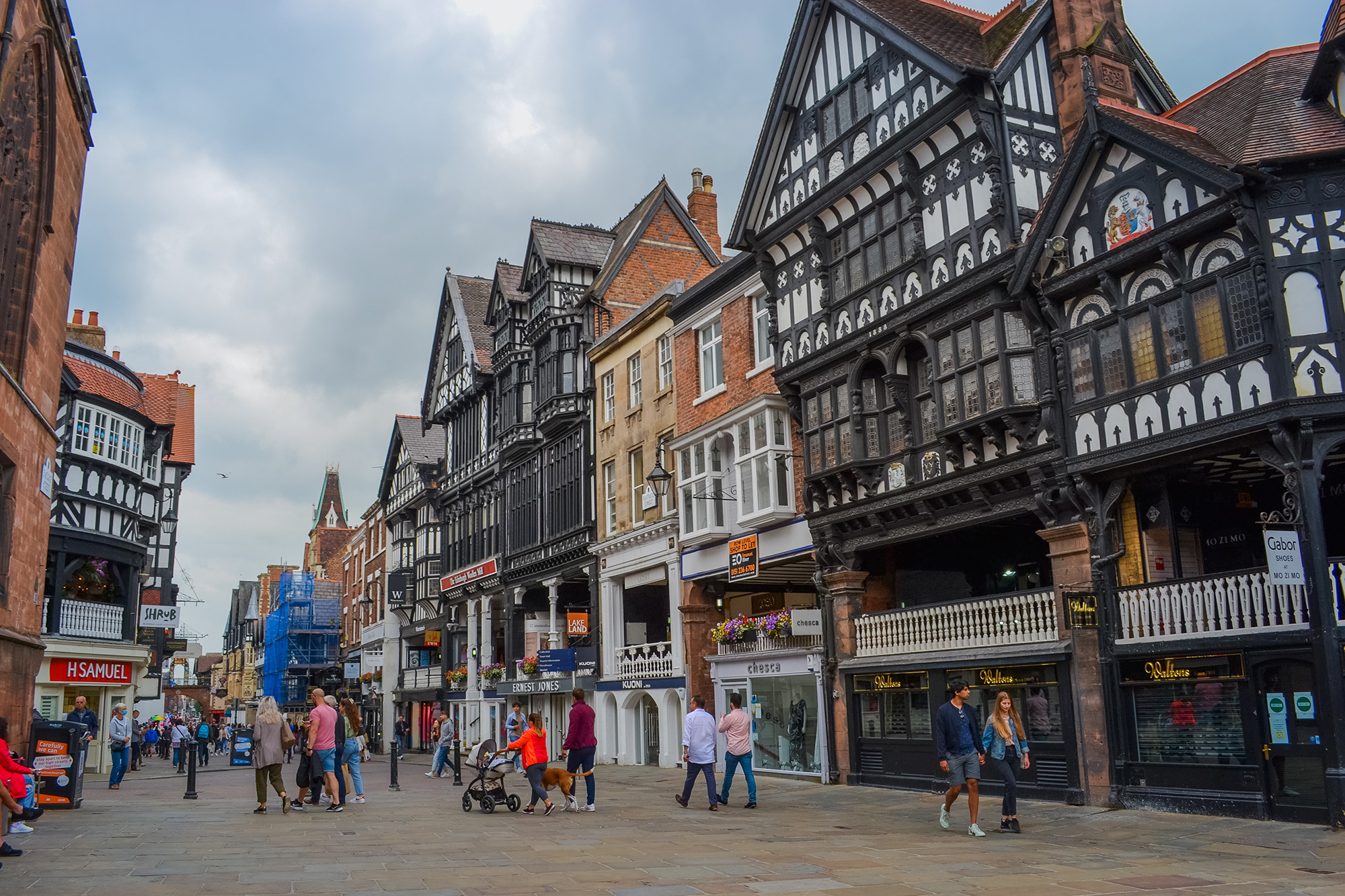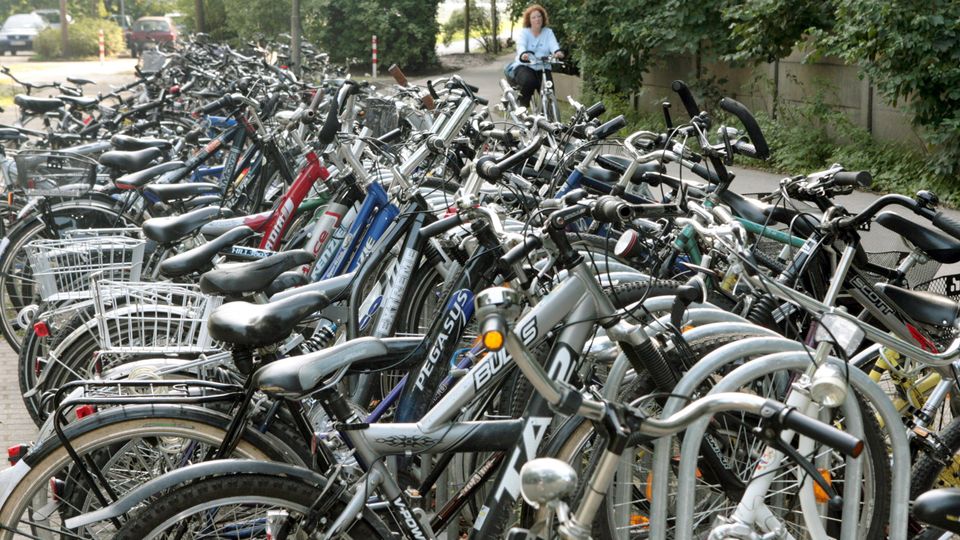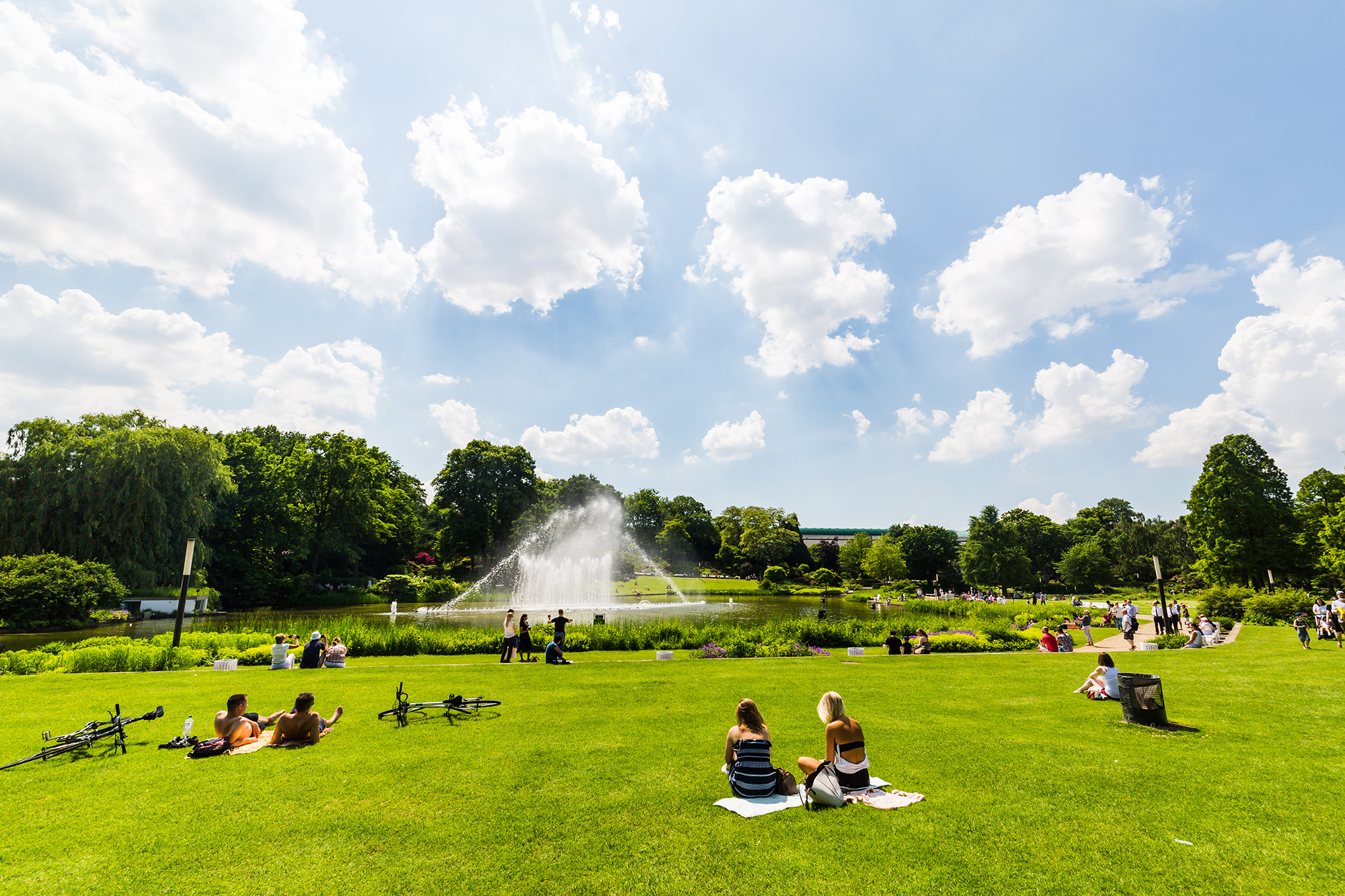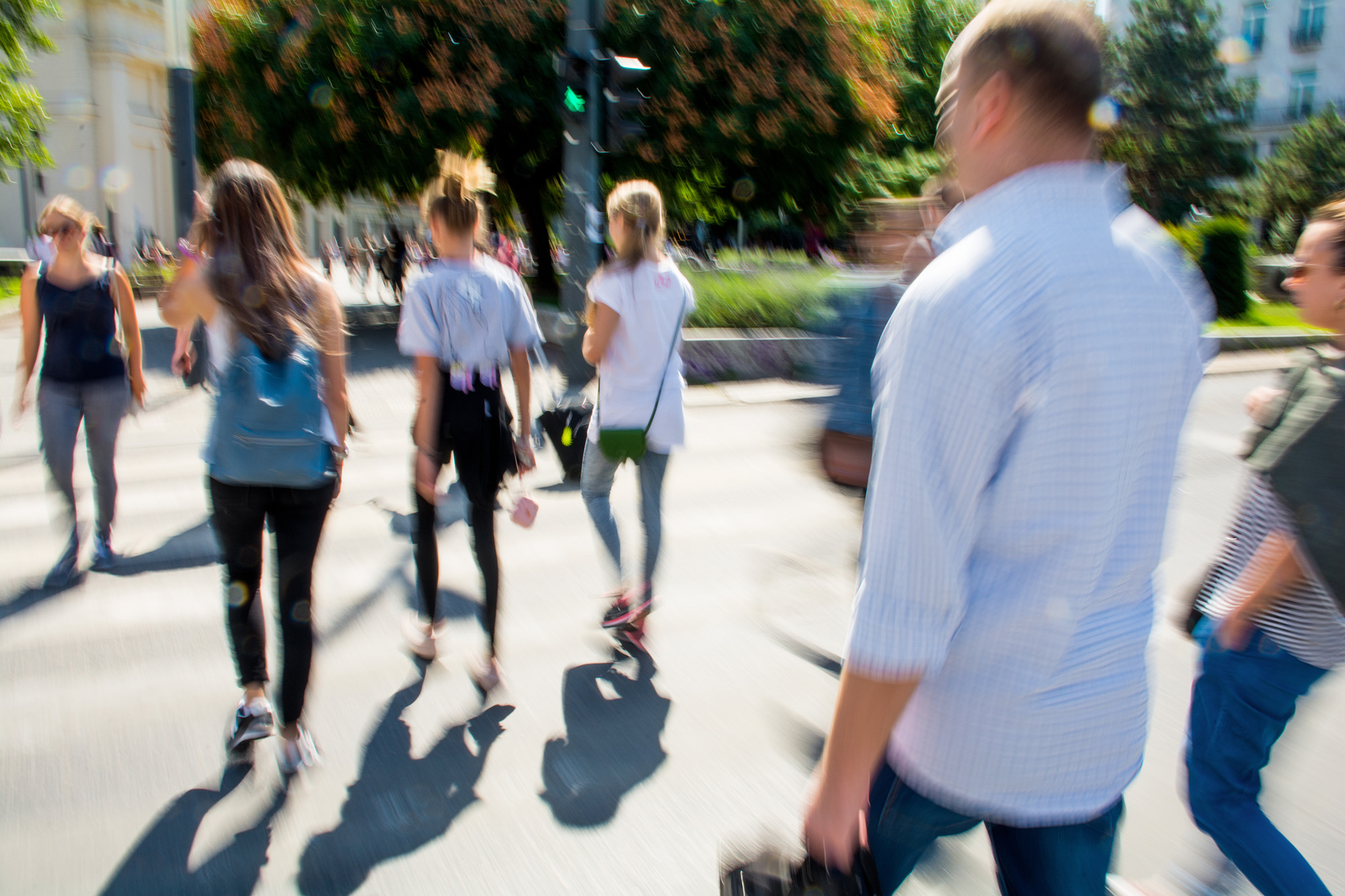
We spend a lot of time travelling around the UK and Ireland thinking about the user experience of place: how people move through and connect with somewhere. But, inspired by a recent round table event that Creative Director Sophie participated in, the team has become a little introspective, and thought about the places that they call home.
We asked:
What would you want your community to look like in 10 years’ time?
Here are the themes that arose, and how way finding can help get us there.
We’re excited by developments that are already thinking differently about how buildings engage with their surroundings.
Ellie loves how the ground floor of UCL East’s Marshgate building in Queen Elizabeth Olympic Park is open to the public with a café, community hub and public lecture theatre at street level. It’s a great example of the opportunities that even estates that are largely private and contribute to civic life.
All masterplans should prioritise creating outward-facing buildings. It’s something that, when wayfinding is brought into the early design stages of a place, can be readily achieved to creative inviting, vibrant places that thrive.

Across the board, our team talked about walkability and safe cycling infrastructure as absolute essentials for our future neighbourhoods, towns and cities.
We want to see the language shift from roads to streets, and the narrative shift from prioritising cars to prioritising people. Just as today’s architect would be derided for allocating 75% of a house’s footprint to the garage, we want to see tomorrow’s highway engineers allocate more space in our streets to people over cars as standard practice.
Across UK and Irish cities, we’re starting to see the rollout of better planned walking and cycling infrastructure, but we still lag behind our European neighbours. Tom T wants to see more:
If it's easier to walk or cycle than to drive, people will do it. Instilling legibility in a place, informed by a wayfinding strategy, helps to deliver the vision of the 15-minute city concept.

We want our future places to have more genuinely accessible, green spaces. Not just “hard surfaces with a few planters”, as Tom B put it. Hannah talked about:
With the addictive pull of screens increasingly commanding our attention, it particularly impacts on children and young people. In fact, children in the UK now spend on average less time outdoors than prisoners.
This “screen epidemic” is something we should all bethinking about when we design. Green space should never be an afterthought. It’s where we connect with nature, and each other, and is intrinsically linked to health.
With an ageing population, and a growing housing crisis which is seeing young people increasingly priced out of home ownership, we can expect many more multigenerational households in the near future.
That has huge implications not only for the design of our homes but for the design of the spaces in between.
Sophie’s vision of the future includes generously designed outdoor spaces, prioritise accessibility for all, and wayfinding is a key tool to deliver on this vision.
Affordability is key, but so is flexibility. If we want to future proof communities, we need to rethink what homes are for and who they’re for.
Sue’s future community will have more:

We’re big believers in the power of the local story and how celebrating what makes a place unique boosts pride – and the local economy.
In 10 years, we would love to see more:
As Jessie put it, these things help create a sense of ownership and shared identity. A good place doesn’t just look unique – it feels unique. This is a place’s brand identity.

Ultimately, the places we’re imagining aren’t utopia. But they are built around the real needs, habits and rhythms of daily life and real people.
We want communities that are:
The best communities are the ones that welcome you in and invite you to stay a little longer and walk a little further. Wayfinding interventions can give people the confidence to go places on foot or by bike, and help celebrate the uniqueness of a place.
At Placemarque, we believe in designing for the long term. The way people experience a place matters. And the best way to create future proof communities is to ask people what they need right now.
If you’d like to work with us to shape a community that works for the next 10 years and beyond, get in touch.